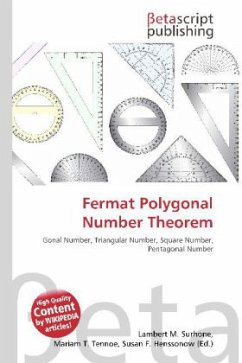Please note that the content of this book primarily consists of articles available from Wikipedia or other free sources online. In Euclidean geometry, Carnot''s theorem, named after Lazare Carnot (1753 1823), is as follows. Let ABC be an arbitrary triangle. Here the sign of the distances is taken negative if and only if the line segment DX (X = F, G, H) lies completely outside the triangle. In the picture DF is negative and both DG and DH are positive. Carnot''s theorem is used in a proof of the Japanese theorem for concyclic polygons.







